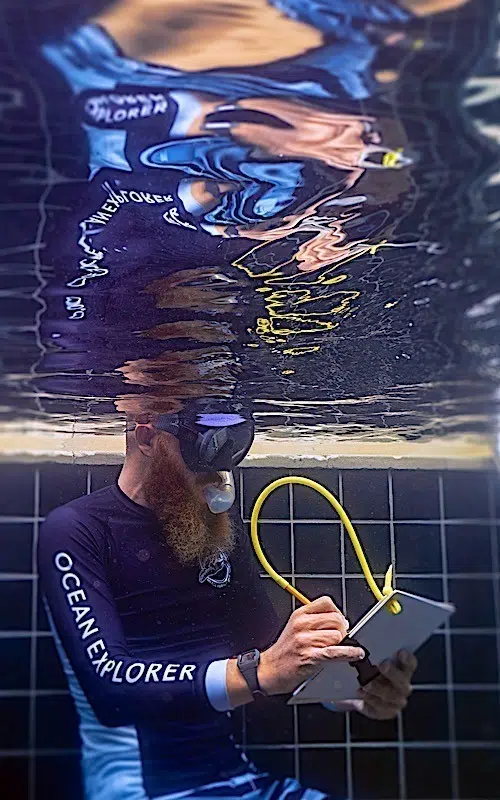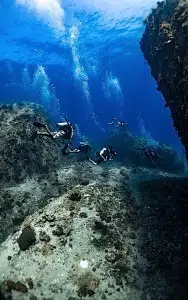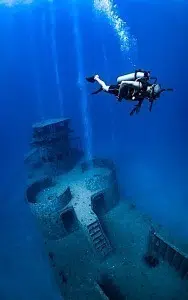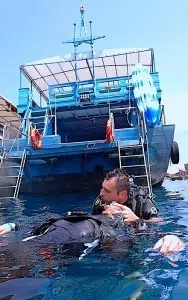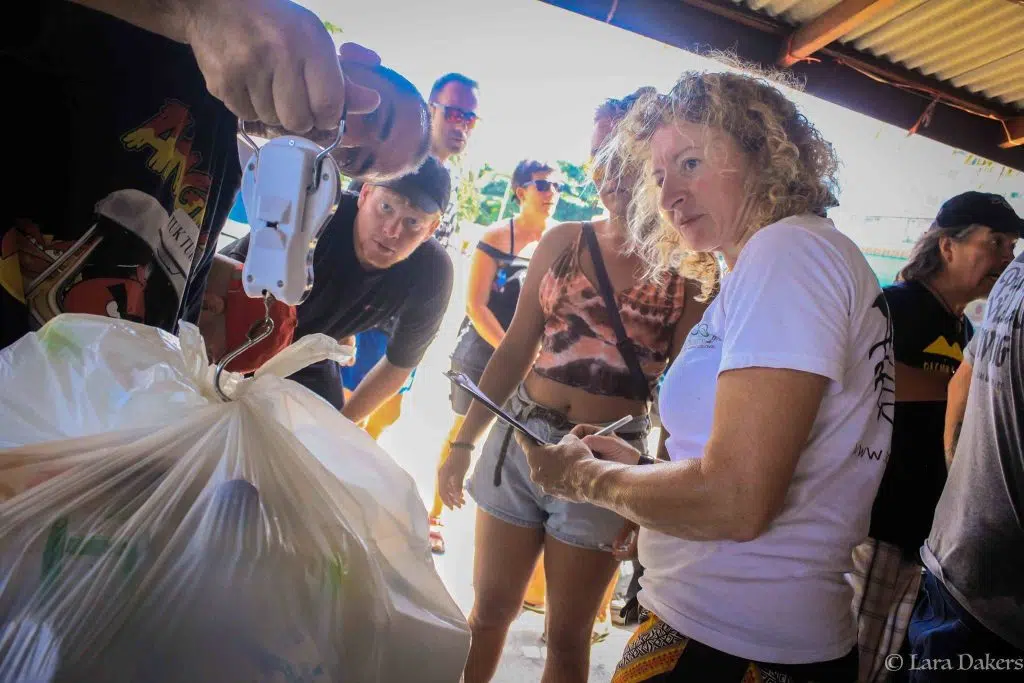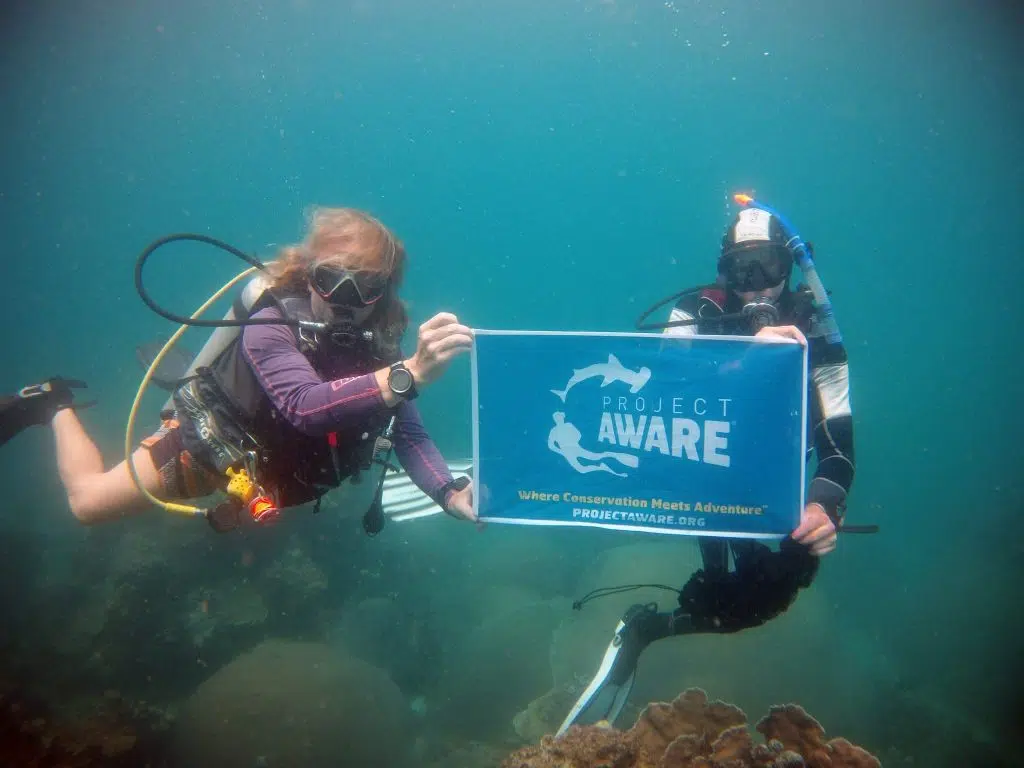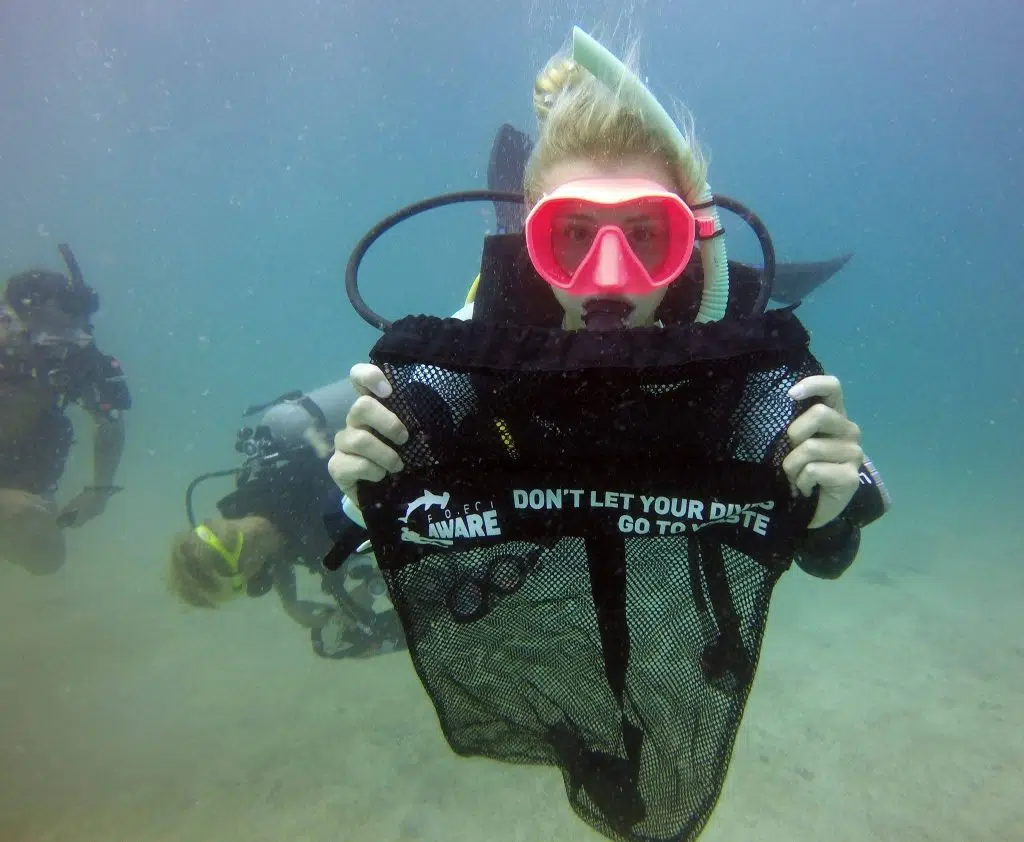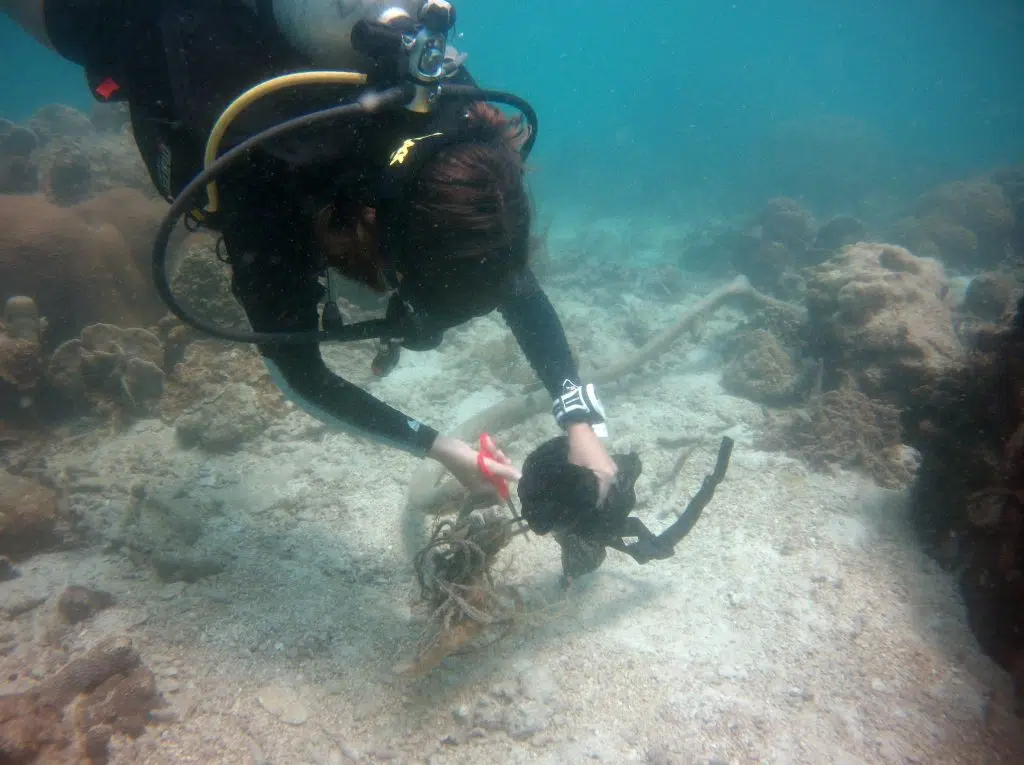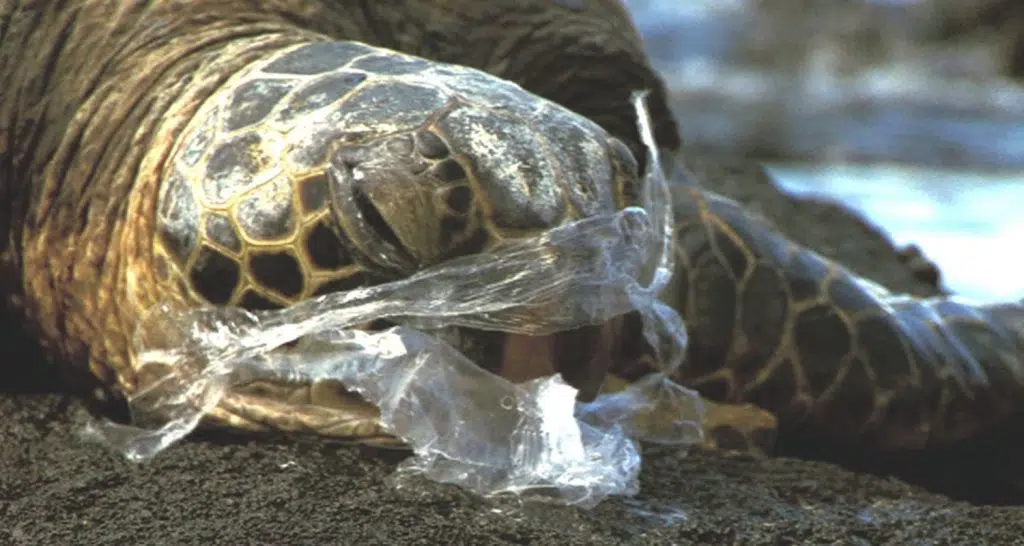The effects of Climate Change will be felt by generations to come
The winds of change are blowing? The storm clouds are gathering? How bad is the coming storm?
When we hear about extreme weather approaching, we typically choose to take shelter. There are always a few people who choose to remain and weather the storm. Sometimes they are lucky and sometimes they are not.
What happens if the approaching storm is one that we can’t outrun? Then what?
There is an approaching storm and it affects every single person on the planet. Many people call it many things. Some people call it climate change, others global warming.
Some people choose to acknowledge it while others simply ignore it.
We have had many chances since the 1970’s to address the growing issues associated with our impact on the planet. I would contend that even though it may be too late, we try and do something about it.
The problem is that this like many other issues is “complex”. It typically gets characterized by media organizations as a series of simplistic semi-related events with apocalyptic outcomes. Most people rarely have the time and patience to research any of these subjects in detail. After all – how can they? Mostly the issues are buried in deep scientific detail.
Roughly speaking, we can identify some of the most concerning issues (at least from my perspective):
- Greenhouse Gas Emissions (Carbon Dioxide and Methane)
- Plastic Waste
- Ocean Acidification
- Species Extinctions
Putting these aside for the moment; what are people really doing about it?
Does anyone still remember the sixteen year old Swedish teenager, Greta Thunberg? One single teenager who was so worried about her future and that of the planet. She stopped attending school and protested outside of the Swedish parliament. This eventually led to her speaking at the 2019 World Economic Forum in Davos, Switzerland.
The result was news agencies from all over the world publicizing her story. For a while, she was the voice of hers and generations to come of the impending storm that could change lives all over the world, for the worse.
What happened as a result?
Her work continues! To date, she has spent twenty five Fridays protesting in the cold outside of the Swedish parliament. Recently she has been joined by other activists supporting the cause and trying to save the planet.
Her efforts are now being emulated by large numbers of young people in other countries. In the UK the Prime Minister’s office recently criticized students “wasting lesson time”. Greta’s response on Twitter was spot on: “But then again, political leaders have wasted 30 years of inaction. And that is slightly worse.”
I applaud her comments and would probably assert that it’s actually ‘significantly worse’!
What makes Greta different? It is the same thing that distinguishes other people who excel in any area of business, life, sport, etc. namely that they think what they are doing is important. Put simply – they care!
Every cause of every type has its supporters and naysayers. Children skipping classes for climate action has invited trolls, haters and skeptics to cast aspersions on the motives and actions of Greta and various groups of children. To the naysayers, stop whining and complaining, go out and do something proactive, your comments are neither helpful nor productive.
Like every cause before a catalyst is needed to ignite and inspire action. This cause is no different other than it is being driven by a younger generation that see their future being whittled away essentially by short term greed.
It is true that many other people and companies are taking the situation seriously and are making changes. After decades of ignored warnings, changes now need to be extremely drastic.
Interestingly it is sometimes the simplest things that make the biggest difference. Until very recently, I would contend that the UK was in a similar position to most countries around the world. The population was largely uninterested and stagnant not caring greatly about their effects on the planet.
What changed? Sir David Attenborough’s Blue Planet 2. For decades Sir David Attenborough has been coming into our homes and introducing us to the wonders of the natural world. Blue Planet 2 followed on from his 2001 award show “The Blue Planet”.
It also went further and highlighted how we were adversely affecting wildlife and the planet in general. Sir David Attenborough has no hidden agenda or self interest. He is simply interested in saving a planet that he has spent an entire lifetime discovering and sharing. Something as simple as his television show acted as the catalyst that inspired change. It is however not enough on its own.
How can we go further?
In 2018 the social movement Extinction Revolution (XR) was founded by one hundred academics in the United Kingdom. It sought to drive radical change through non-violent resistance in order to avert climate and biodiversity breakdown.
Starting in October 2018, thousands of people started participating in mass actions across the UK. The most recent notable action took place on 17th November 2018, Rebellion Day.
Thousands of people participated in coordinated action to block five main bridges over the river Thames in London causing massive disruption during the rush hour. It was one of the most overt acts of civil disobedience in the UK for decades.
Many subsequent actions have taken place across the country with similar effects. Supporters of XR welcome the opportunity to be arrested thereby bringing attention to the cause and spurring people into action to proactively try and save the planet. People are finally starting to see the effects of our actions and want to drive positive and actionable change.
Do we have the collective will to change?
I won’t answer that question directly. I will say that if you observe human nature it seems to hold true that we as a species tend towards a state of inertia. What do I mean in stereotypical terms? i.e. Once we’re ‘comfortable’ we tend to settle into that position and modern living makes that more possible than ever before.
So people probably don’t want to change, industries are not exactly clamoring to lead the charge and we’ve probably left it too late! Now what?
We can all individually make a difference but if you look at the areas of business and society that have the highest degree of impact on the environment, it has to be industry and heavy manufacturing.
In the cold hard light of day changing large organizations will require investment and funding to implement. So, who’s going to pay for the changes? This is the question! It is probably also the reason why meaningful changes haven’t been seen, yet!
Everyone is thinking about it and while they do, global temperatures are still increasing?
In 2018, Carbon output by the United States exceeded levels that were previously agreed upon prior to their exit from the Paris Climate accord.
Worldwide political agendas have a major bearing on the problem. That said, the politicians in most cases are representatives of the people. If they don’t feel that the people that they represent want change, the last thing that they will want is to push for it.
The other problem is businesses (and in the US, lobbyist) interests. In almost all cases, they want to maintain the status quo. Why? Because it’s costly to change; operational changes require capital investment which will impact the company balance sheet. Publicly listed companies will see negative impacts on their valuations. Investors will lose money.
Is it really that simple? Does it simply come down to base greed and personal interest over the future of our planet and the generations to come?
Interesting point of reference: the BBC aired a story about the coal mining industry titled “A toxic crisis in America’s coal country”. Appalachia – the coal industry after years of excavation had used explosives to unearth coal seams.
Their efforts appear to have contaminated their ground drinking water supply. Even when faced with illness and increased cancer rates, the local populations are split between retaining their health and losing their source of employment.
So who is right?
Examples like these are too numerous to tell, but, what kind of world are we passing onto the coming generations?
How bad can it get? Extrapolate. Think ahead. Connect the dots. Try and visualize what could happen.
Greenhouse Gases, Ocean Acidification
We as a species we are warming the planet.
Some people think of this as an incontrovertible fact while other people, sometimes referred to as deniers, say that it cannot be proven beyond a doubt that as a species we are having any effect on the planet.
People who believe that the planet is getting warmer as a result of human interaction cite quantitative scientific evidence from various sources. The deniers seem to point to the fact that the oceans were once, 34 million years ago and cyclically, much higher than they are today and that the climate current changes we are seeing are part of a natural cycle that will repeat over time.
The other part of the argument is that it cannot be definitively proven that the changes we are seeing are due to human interactions.
The single question that comes to mind is can both sides support their arguments with definitive facts, or will this just descend into a game of just making the facts fit the scenario?
So 34 million years ago we now know of as Antarctica was not covered in ice at least based on the geological record with some level of accuracy. Then looking down the geological record, the ice ages came and went. So it is undeniable that the planet has warmed and cooled without any influence from homo-sapiens over its history.
That said, taking a close look at the timeline, those changes took place over hundreds of thousands if not millions of years. The currently measured changes in the environment appear to be occurring in a highly accelerated fashion.
The debate continues although if media reports are to be believed the numbers supporting the idea of human driven climate change are increasing.
Let’s look at this from a ‘denier’ perspective. If climate change is a cyclic process that occurs in repeatable fashion over time, then we can fairly safely say that the climate is going to change irrespective of what we do as a species.
Some currently arable land for example the Central Valley in California provides food to large portions of the United States. It is largely accepted that this is and most of California is projected to become a desert. There is nothing we can do about this. In spite of our technological advancements, we can’t control the weather.
So by inference things are going to change anyway and we can’t stop it. So why do anything about it. Even as weather events worsen around the world, namely floods, hurricanes, heatwaves, etc.; we may not be able to control the weather, but we can control how we prepare people for these situations.
For example: If the Central Valley in California becomes a desert then maybe we should be looking at the new and emerging high-technology farming techniques that grow crops indoors, use specific light frequencies to accelerate and promote growth and reuse water. Initial trials of these techniques around the world are proving promising. What we should not be doing is denying that anything is changing and ‘do nothing’.
So looking at climate change from a different point of view, think of the planet as a macro-organism like our own human body. The normal human body temperature is around 37C/98F. How you would feel if your body temperature rose by 1 degree Celsius? At 1.5 degrees Celsius and above, it becomes quite serious. Your body sweats profusely trying to reduce its temperature. i.e. It is trying to correct itself and establish a state of equilibrium.
Now, compare that with the planet, which is essentially a very large macro organism. On a macro scale, the changes required for the planet to right itself seem to show themselves as extreme weather or at any extent, a more severe scale than the physiological reactions in the human body (analogy).
Many people typically think about climate effects on the oceans as rising sea levels. This is only one part of a complex problem.
Small changes in air temperature are not immediately obvious to any of us. Many people will not think that anything has changed. The oceans are a different matter. The increases are dramatically affecting the ocean ecosystem.
The Great Barrier Reef is approximately 134,000 sq miles in size. More than 50% of that is dead and not coming back. Similar rises in ocean temperatures are occurring around the world.
Common question – it’s in the ocean – why should we care? Put simply – all life originated from the oceans. Hundreds of millions of people rely on them for food and their livelihood. Without coral reefs the fish populations will collapse and with them the sources of food that so many people rely on.
Coral for those who are unaware is a living biological organism (animals) and not a plant. When they die, they are gone! It is comforting to see that so many people are looking for solutions to the problem. Given the scale of the problem and even with techniques for grafting to accelerate the growth of coral for transplantation and genetically engineering corals to resist higher temperatures, we are a long way from a practical solution.
Corals reefs are the ‘rain forests’ of the ocean. They are the most bio-diverse and productive ecosystems on the planet. They cover less than 1% of the ocean floor but are the home to more than a quarter of all marine species. They are also one of the main mechanisms in the ocean for the elimination of carbon dioxide. Due to human influences, coral reefs are in danger. The current trajectory shows 90% of them in danger by 2030 and all in danger by 2050.
Huge quantities of carbon dioxide are normally dissolved into the world’s oceans. Carbon dioxide naturally dissolves in water to form carbonic acid. Rainforests are diminishing and are not operating ecologically as they used to in removing and recycling atmospheric carbon dioxide.
Coral reefs play a pivotal role in eliminating carbon dioxide from the oceans. If coral reefs disappear acidity levels in the oceans will rise at some point to an unsustainable level when shellfish will no longer be able to form their shells. At this point shellfish are now gone and with them another human food source.
Greenhouse gases are commonly discussed and publicized by the media services as the primary cause of Rising Ocean levels due to melting ice caps in Polar Regions. This is another area of concern but, I won’t explore this area at this time.
The oceanic effects of climate change are rarely discussed mainly because there are so few tangible solutions and because the effects could be so horrific that no one really wants to talk about it.
Changes are slow developing so most people consider them to be non-existent. But for a moment let’s consider what will happen if fish stocks crash. People in regions who solely rely on seafood will not have any.
Governments will then potentially be faced with public order issues since people have no food. This problem will not be limited to a single country meaning that the humanitarian organizations that typically handle these problems will not be able to respond.
It is worth noting that certain countries have already seen fish stocks crash although primarily due to overfishing. The UK saw Cod stocks crash around the late 2000’s and also Norway has seen Herring stock crash several times. Environmental issues however would likely severely impede the natural replenishment of fish stocks.
People without food will go looking for food. This could lead to mass migrations on a scale never before seen. This will inevitably lead to breakdown in law and order with military intervention. Developed countries are better placed to respond to these issues but are not immune from the effects.
In the worst case developing countries could see long term settlement of migrants within their borders and even the mass exodus of people into developed countries searching for food and shelter. In certain cases conflicts where resources such as food or drinking water are not available are possible.
Sound bad? What can we do now to prepare or try and stave off future problems?
The majority of people will ‘take a back seat’ and look for someone else to solve the problem. This problem cannot be owned by the few and needs pervasive ownership and action from whole populations. We are too far along the path with this problem for niche solutions.
Are international organizations helping? The United Nations and I quote: “.. an intergovernmental organization that was tasked to maintain international peace and security, develop friendly relations among nations, achieve international co-operation and be a centre for harmonizing the actions of nations. ..”
For several decades after the end of World War II it was the emblem of international cooperation, vision and leadership. These days especially with the power of veto by members of the UN Security Council, it seems little more than a ‘toothless tiger’.
With no real influence and some member countries simply ignoring mandates as it suits them, how can we hope that they can ever reach consensus on something as important as long term planetary viability. A solution might be possible with maybe some changes to the organization to reflect the state of the modern world. The central issue of the power of veto still remains and with it the ability for a small select group of countries to act in a manner that is self-serving and not in the overall interests of the planet.
With that central tenet intact, how can we hope to achieve global unity on climate control that we sorely need? Debates continue but unfortunately little in the form of credible or visible worldwide actions are taking place.
The Plastic Problem
Plastics – the wonder material.
They have in so many ways revolutionized modern life. Starting with the discovery of Bakelite in the early twentieth century it has grown to encompass almost every object we handle in day to day life.
However these wonder polymers have an extremely long lifespan taking hundreds possibly thousands of years to breakdown. If carefully considered it is not plastics that are to blame but our use, reuse and disposal of them.
The world is sinking in an ever growing mire of waste. Historically as a species we have always resorted to burying, burning or dumping waste into the rivers and oceans. In the pre-plastic age all materials were generally biodegradable. As a result they were naturally absorbed into the ecosystem.
Given human population growth we are now generating more waste than ever before. Media services have publicized the fact that that the volume of plastic waste is growing. A central tenet in this discussion is the “Great Pacific Garbage Patch” – a vortex of mostly plastic debris that is floating in the center of the North Central Pacific Ocean.
Its sheer size at 1.6 million square kilometers defies belief, but it is very real. I do applaud the actions of the briefly publicized young Dutchman Boyan Slat’s who deployed trash collecting booms in the Pacific. There were early problems with the collection system which are characteristic of new inventions and I am sure will be resolved. However when you look at the size of the booms that have been deployed and consider the size of the world’s’ oceans, the scale of the problem comes sharply into focus.
While plastic remains in the oceans the less dense plastics such as wrappers are breaking down into fragments or what have been referred to as micro plastics. These micro plastics are now being consumed by ocean organisms like fish. We then eat the fish. Yes, we are now starting to consume our own waste. We have no idea at this time of the long term health effects of consuming plastics but we can only assume that it is not a good thing.
How bad can the micro plastic problem be? Could it really be as widespread a problem as people say? The question could be argued from multiple perspectives, but can we really dispute tangible and measured scientific evidence?
The Mariana Trench in the Pacific Ocean is the deepest place on earth. To put things in perspective: Mount Everest stands at 29,026 feet (8,848 m) above sea level, meaning the deepest part of the Mariana Trench is 7,044 feet (2,147 m) deeper than Everest is tall.
Even at that depth, animals captured for study have been found to have micro plastics in their digestive tracts. Given the total lifetime of plastics and laws of probability, we are now seeing micro plastics in humans and in the not too distant future the possible effects they will have on our health.
This in itself should be a clear indication that we need to take this seriously. Most people still do not consider that this is a subject that is worthy of their attention. What is it going to take?
One elusive question is that even if we could collect all waste plastic, what are we going to do with it?
Only a small proportion can be recycled. The rest needs to be either buried or burned. The latter is not a viable option as it adds to the issue of greenhouse gases unless they can be trapped during the process which would likely prove costly.
So what do we do with it? A series of small companies have emerged and are looking at converting plastic waste into another form of product such as fuel. Their efforts have been successful but are still at the startup stage.
This issue of waste is a systemic one. Within the last generation we have moved from a society of reuse to one of mass disposal. In other words we no longer try and fix anything; we simply throw it away and buy another.
This issue was highlighted in a documentary about Japanese consumer behavior more than thirty years ago. The problem is that this behavior is now ubiquitous. The behavior was also accelerated by retail trends and manufacturing/distribution processes. Very little was recycled with most items at least in the developed world ending their life in landfill sites. At worst in developing countries this waste is being dumped directly into rivers and oceans.
Are there economically viable industries that can be developed to collect and reuse what has been manufactured and now discarded on a larger scale?
Or maybe waste is more an issue of cause and effect? Namely should we be exclusively focusing on the ugly effect of pollution or should we go back to the source and look at manufacturing and fabrication? It is more economically profitable for businesses to have consumers buy for example a new TV rather than repairing an existing one.
In recent years the many businesses that once offered repair services have dwindled. This is not helped by the fact that more devices are designed as non-modular and don’t offer an option for repair. So we continue to consume more resources.
All is not lost. What was once old is new again. In a throwback to the days of reusable glass bottles which once offered rebates for their reuse we are now seeing companies return to this old model.
Recently Nestlé – Häagen-Daz announced their sustainable and reusable containers pilot project with TerraCycle’s Loop. We will have to wait to determine the success of this initiative, but, it is good to see that companies are now trying to be more environmentally conscious.
Should we be looking to manufacturers to now rate their products only on build and operating quality but also on post-life reuse and recycling? Naturally, businesses would not want to consider this as it would add to their production and manufacturing costs. However as global recognition of this issue increases will manufacturers need to comply?
Just as with climate, the issue of waste, especially plastic waste is complex. Companies and individuals now understand the need to try and recycle and are part of the ‘downstream’ solution. We need more upstream solutions from manufacturers to drive more sustainable products.
Species Extinctions
This is possibly the most visible issue but one that seems to be of the least interest to the larger population of the world.
“We’re now so numerous, so powerful, so all-pervasive, the mechanisms we have for destruction are so wholesale and so frightening, that we can actually exterminate whole ecosystems without even noticing it. We have to now be really aware of the dangers of what we’re doing, and we already know that of course the plastic problem in the seas is wreaking appalling damage upon marine life, the extent of which we don’t yet fully know.”
— Sir David Attenborough. World Economic Forum, Davos. 2019
The most frightening thing about this statement is that it addresses the issue that we can wipe out whole ecosystems and not even realize it. So many species are under threat because of human lifestyle; whether it’s hunting rhinos for their horns, elephants for their tusks, sharks for their fins or whales for ‘scientific research’.
Even in the last fifty years species that used to roam the planet are now gone or are endangered. With the human population likely to grow to ten billion people at the current trajectory we will wipe out many more species.
In the generations to come will their only exposure to these majestic creatures be within an enclosure in a zoo or on the pages in a book?
More importantly, why do the deniers refuse to accept the current evidence and insist that the current status quo is acceptable? Is it not obvious when looking at the current data and extrapolating what the possible outcomes might be?
There are those that would be happy for all animals to disappear, while others still see them as part of the planet on which we all live. As a species we seem to be moving further away from nature and more to the cold modern world of metal, glass and concrete.
Even in the developing world people are moving away from the countryside and moving to cities. Natural ecosystems such as rainforests and mangroves are being destroyed either directly by human encroachment and development or indirectly by pollution. As we do this we are displacing or destroying not just the ecosystems, but also the fauna within them. Once gone they’ll never return.
Species extinction as with most subjects is complex and multi faceted and the overall impacts are not clearly understood. Genocide is defined in the Oxford English Dictionary as “The deliberate killing of a large group of people, especially those of a particular nation or ethnic group”.
It does not apply to animal species; however we as a species are in some cases responsible knowingly or otherwise for the genocide of entire animal species. Our species, homo-sapiens, translates from Latin as “wise man”, we appear to be sadly very far from that description.
Over the Horizon
A storm of biblical proportions is building and approaching, the effects of which will be felt by generations to come. Cumulative effects of decades of neglect and disinterest are now being recognized and groups of people are gathering and demanding changes.
We need to believe that everything we can do, now, will provide some respite in years to come. The time for sitting on the sidelines is over. People need to take a side on what is a war for the survival of the planet. We need to look past greed and start thinking about the greater good and the future of our children and grandchildren. Will they ever forgive us all if we do nothing?
I think back to the Aldous Huxley book Brave New World which I read many years ago. Huxley came back and wrote Brave New World Revisited several decades later. The future he depicted was a grim one and in Revisited he proposed that the path to that dystopian future he foresaw was happening faster than he expected in light of accelerated technical achievements which he saw.
At the end of Brave New World Revisited he spoke about the freedoms of people:
“Perhaps the forces that now menace freedom are too strong to be resisted for very long. It is still our duty to do whatever we can to resist them.”
I would contend that this quote can be applied to the current ecosystem and pollution issues that we face today.
“For the sake of the generations to come and the future of the human race, it is our duty to do whatever we can to resist the forces that seek to ignore the perils posed to the future of our planet.”
Priyanta Dharmasena
PADI Master Instructor













